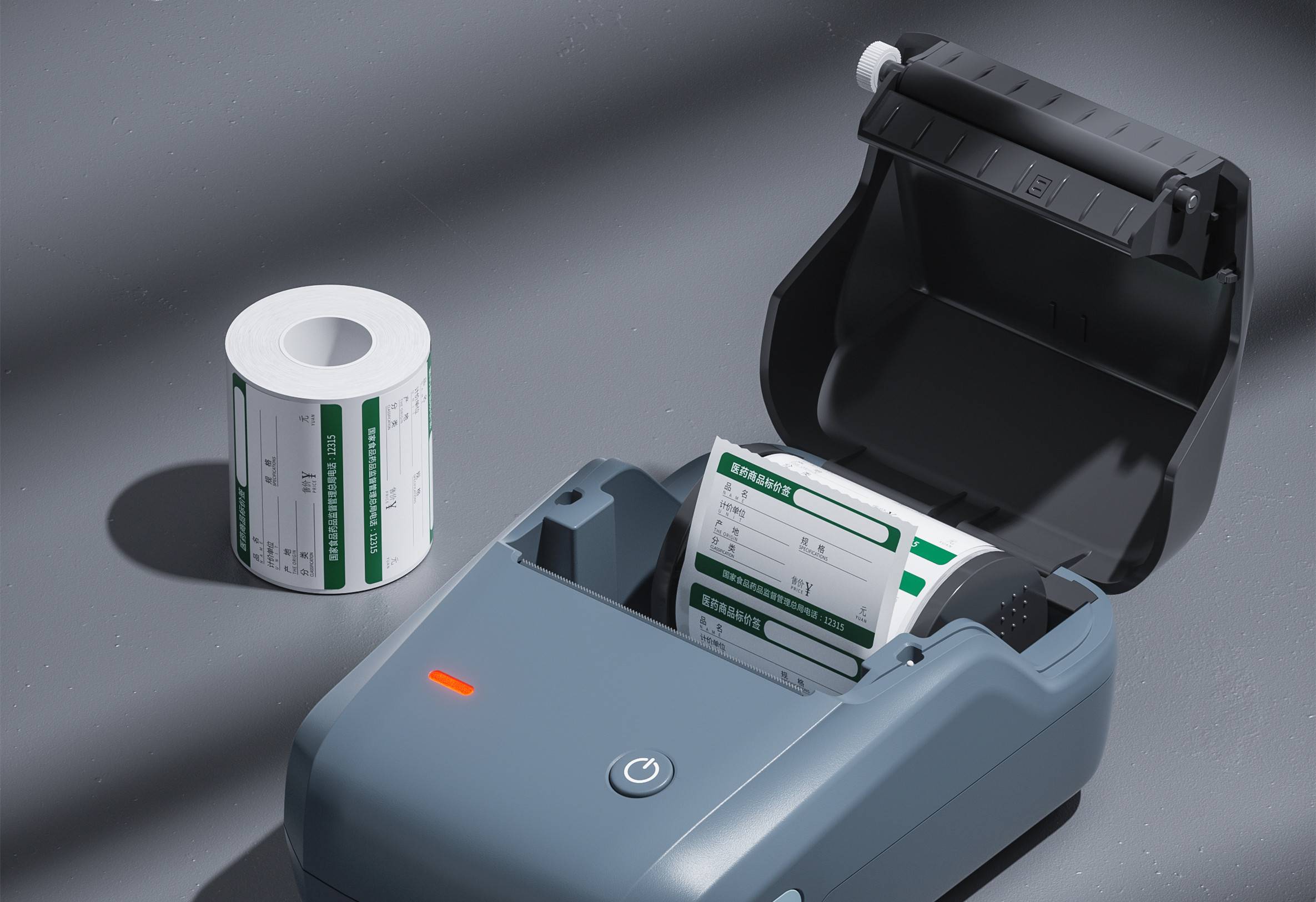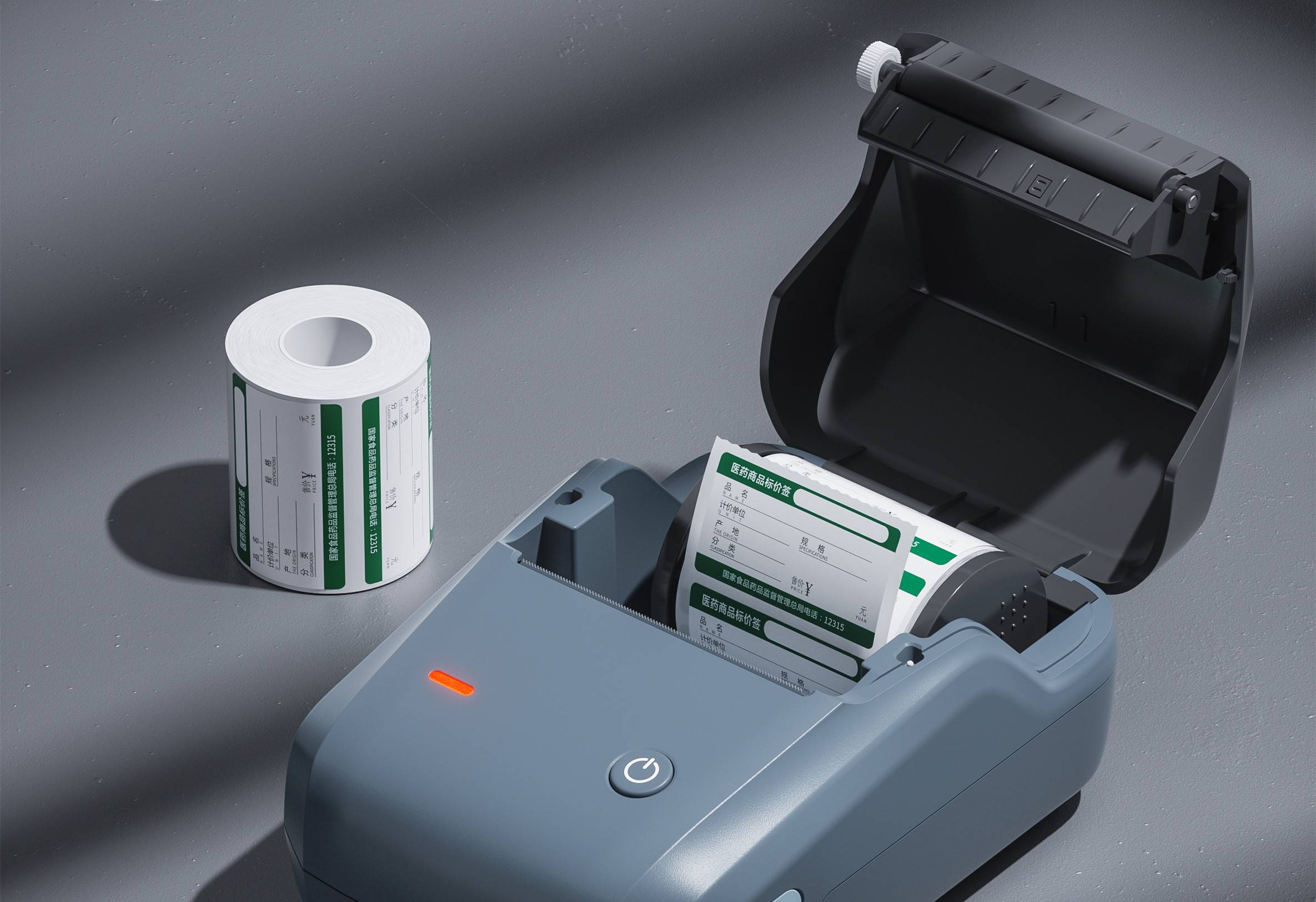Ballast products include fluorescent lamp ballasts and high-intensity gas discharge lamp inductive ballasts, etc. According to the regulations of the Certification and Accreditation Administration of the People's Republic of China, as of December 1, 2010, the CCC certification of ballasts must be carried out in accordance with the new standards GB19510.1-2009, GB19510.4-2009, GB19510.9-2009 and GB19510.10-2009. It is particularly important to remind everyone that the AC electronic ballast for fluorescent lamps, which is also known as the AC electronic ballast or electronic ballast, falls within the scope of CCC certification. In addition, although LED bulbs themselves may not require CCC certification, their control devices such as drivers do need to be certified.
1. Production and sales restrictions: The CCC certification of ballast products must be carried out in accordance with the standards. Only after meeting the standard requirements can the products be produced, sold and imported. This means that ballasts without CCC certification cannot be legally produced and sold in the Chinese market.
2. Import Restrictions: According to the above announcement, ballasts without CCC certification are also not allowed to be imported into China.
3. Market access restrictions: CCC certification is part of China's Compulsory Product certification system. Products that have not obtained the certification cannot enter the Chinese market, which limits the sales channels and potential customers of the products.
4. Legal Liability: Producing and selling uncertified products may result in legal liability, including fines and other legal consequences. In addition, products applying for energy-saving certification must first obtain CCC or CQC safety certification certificates.
1. If the components themselves fall within the scope of CCC certification, such as power cords, LED drivers, ballasts, etc., they must have CCC certification.
2. For components that do not require CCC certification, such as lamp holders and terminal blocks, it is recommended to choose products with CQC certification to ensure quality.
3. To address the uncertainties during the certification process, some alternative components can be appropriately added.
Sample requirements: When applying for CCC certification, four samples need to be provided for testing. These samples should be ensured to be consistent with the mass-produced products to guarantee the accuracy and representativeness of the test results.
2. Technical documents: In addition to samples, detailed circuit diagrams and bit number diagrams also need to be submitted. These documents should clearly mark the circuit design and component positions to facilitate technical audits by the certification body.
3. Enterprise Qualifications: The applying enterprise is required to provide a business license to prove its legal business operation qualifications. If the product is produced by a contract manufacturer, it is also necessary to provide an OEM (Original Equipment Manufacturer) or ODM (Original Design Manufacturer) certificate, as well as an authorization letter with the certificate, to prove the legality and validity of the contract manufacturing relationship.
1. Select a certification body: Choose a certification body with rich experience in providing CCC certification guidance and factory audit guidance.
2. Sign a contract: Sign a service contract with the selected certification body to clearly define the rights and obligations of both parties.
3. Application for project initiation: Submit a certification application to the certification body and provide relevant technical materials and samples.
4. Sample testing: The certification body will conduct assessment tests based on the provided materials and samples, and submit an application for acceptance to the auditing body at the same time.
5. Factory inspection (factory audit) : Verify production capacity, quality system and product consistency, etc
6. Certificate Issuance: After passing the review, the certification body will issue the CCC certification certificate.
If you need to know more about the TELEC certification process or handle related certifications, please feel free to consult us!

Label printers entering the Brazilian market, ANATEL certification is an essential passport! It is the recognition of the Brazilian Telecommunications Authority for the safety and compliance of electronic products, without which products cannot be legally sold.

SRRC certification is not only a guarantee of product compliance, but also a key to opening up the market.

FCC ID certification is a mandatory certification for electronic products by the Federal Communications Commission (FCC) in the United States, and it is essential for label printers to obtain this certification.
Ballast products include fluorescent lamp ballasts and high-intensity gas discharge lamp inductive ballasts, etc. According to the regulations of the Certification and Accreditation Administration of the People\'s Republic of China, as of December 1, 2010, the CCC certification of ballasts must be carried out in accordance with the new standards GB19510.1-2009, GB19510.4-2009, GB19510.9-2009 and GB19510.10-2009. It is particularly important to remind everyone that the AC electronic ballast for fluorescent lamps, which is also known as the AC electronic ballast or electronic ballast, falls within the scope of CCC certification. In addition, although LED bulbs themselves may not require CCC certification, their control devices such as drivers do need to be certified.
Get a quote